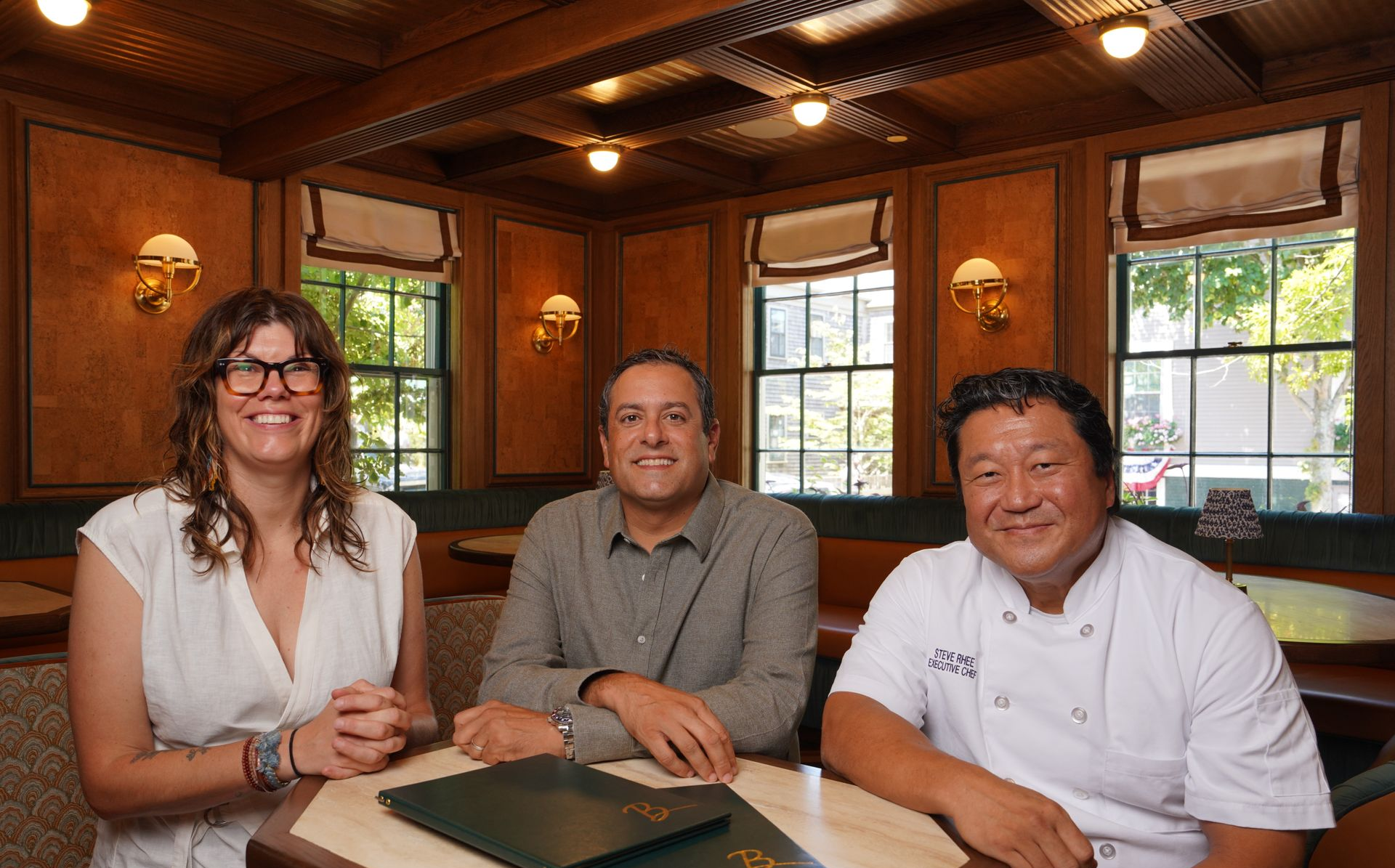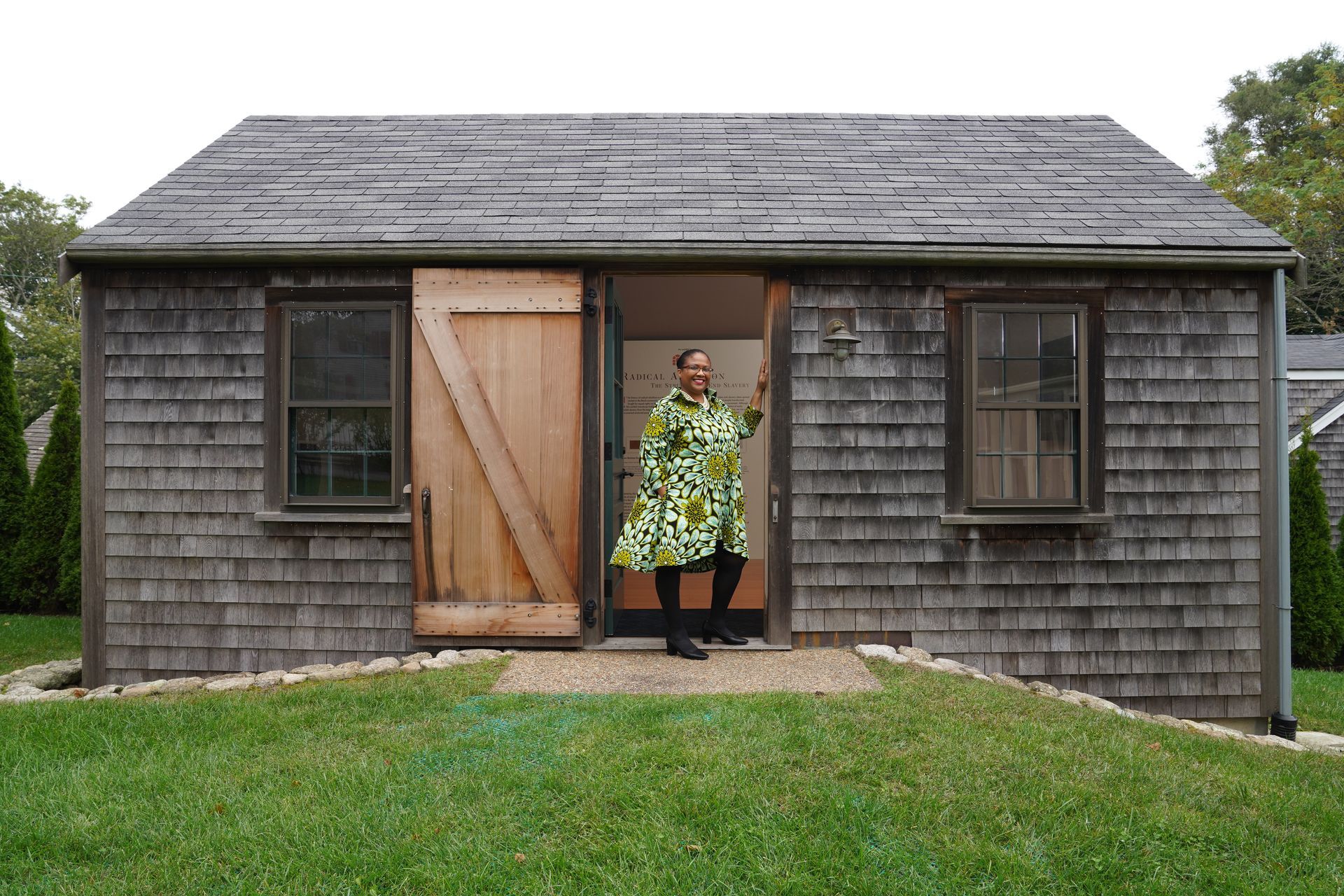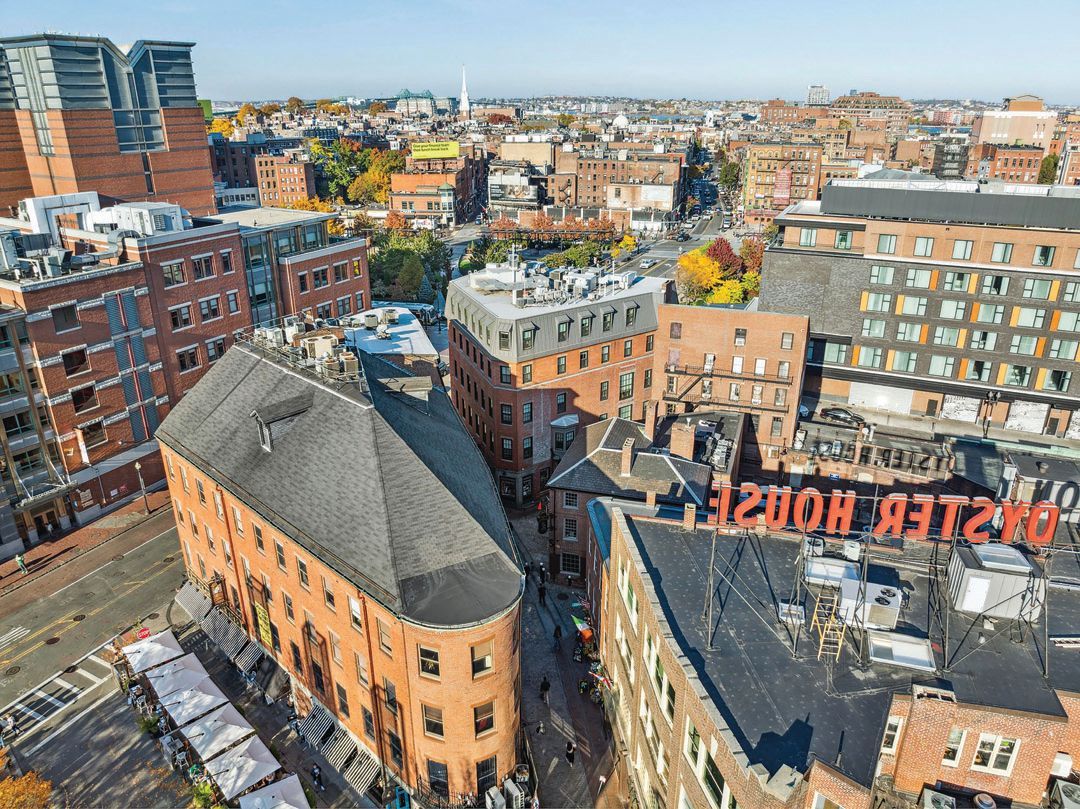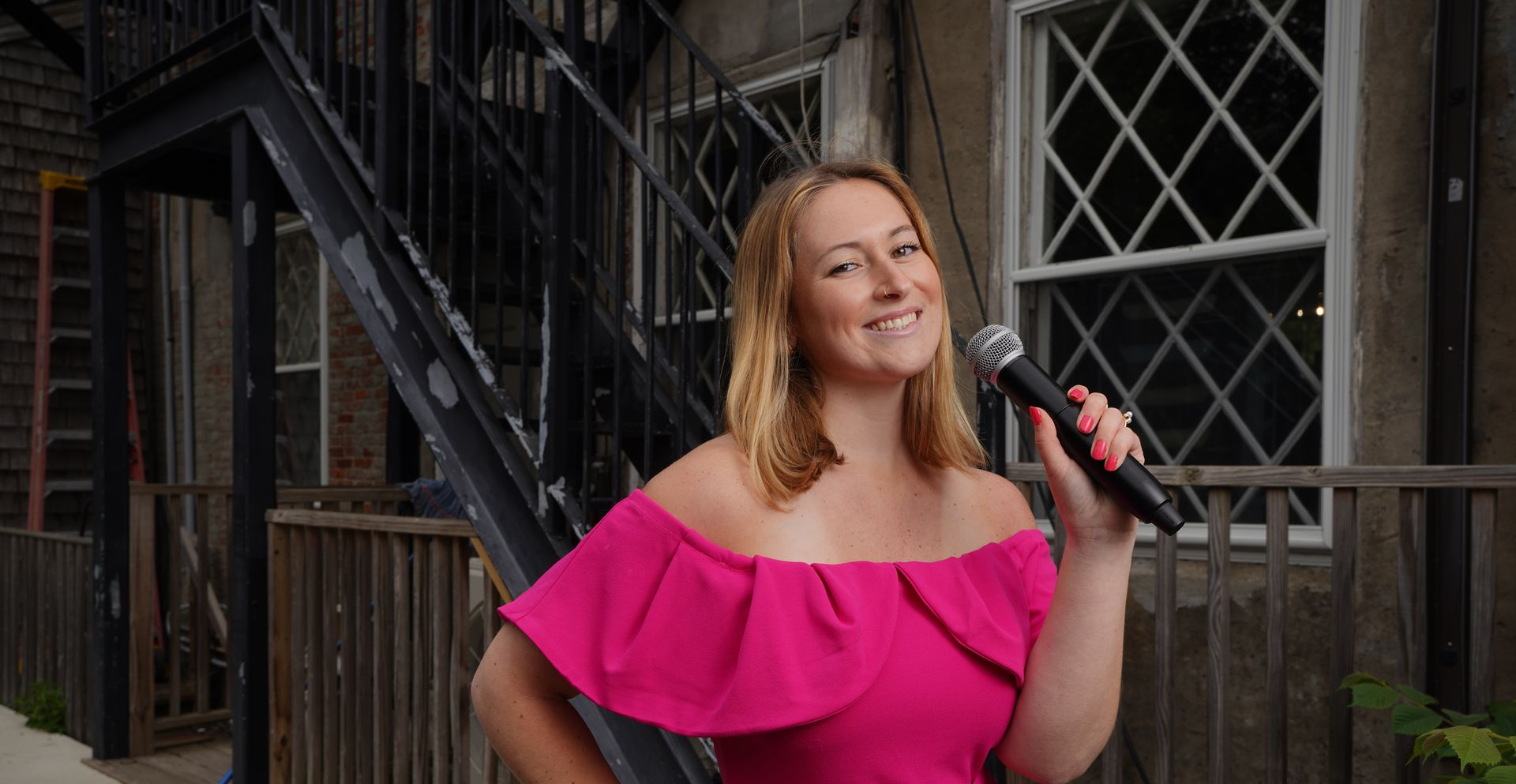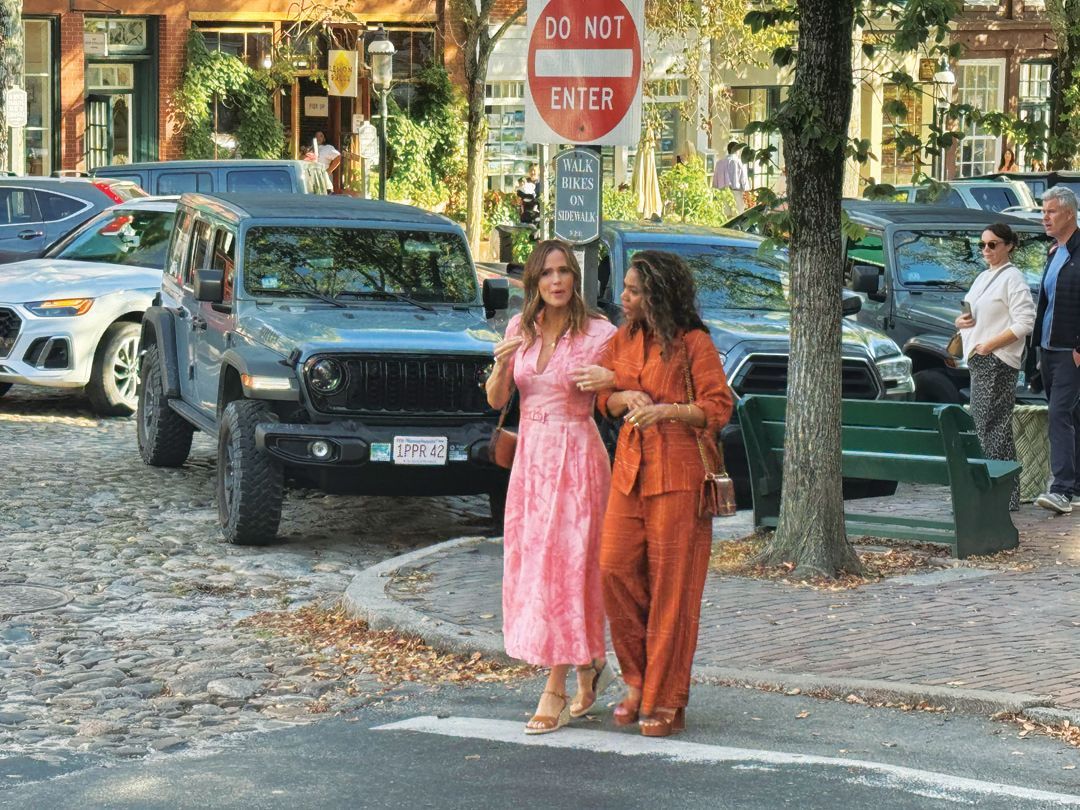Book Smart
Exposing Nantucket’s youth to bestselling authors
Written by Mary Haft
Photography by Kit Noble
When Meg Medina greets the crowd of seven- and eight-year-olds packed into the Nantucket High School auditorium, she gets a much louder response to “Buenos días,” than she does when she says, “Good morning.” Medina, an award-winning children’s book author of Cuban descent, writes in both English and Spanish—something that’s become increasingly appealing on the island, where nearly two in five students at Nantucket Public Schools identify as Hispanic or Latino.
"I think encouraging people to read widely, to read stories that feel very familiar to them, and also stories that feel really unfamiliar about places and people and ways of seeing the world that are very different, are important to just open their eyes to the world,” said Medina, a former Library of Congress National Ambassador for Young People’s Literature.
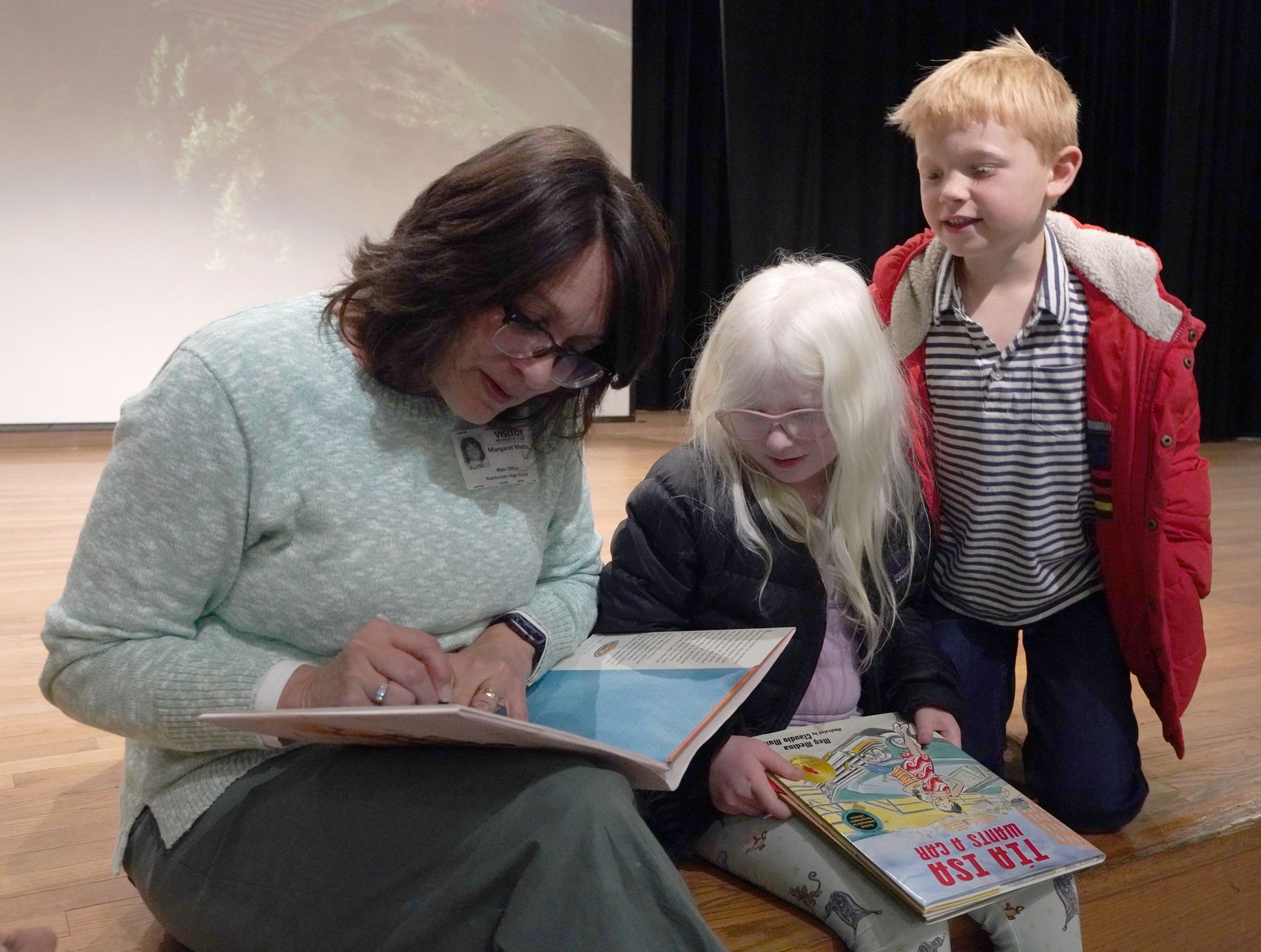
Nantucket has a rich and deeply textured community of people from all over the globe—Eastern Europe, Latin America, Nepal, Jamaica—and all across the United States. Today, the island has one of the most socioeconomically and culturally diverse populations in Massachusetts, a fact most island visitors rarely see or understand. At the public schools, the student body is majority-minority, and it has become increasingly diverse over the last few decades.
It’s this complex world that teachers and librarians now grapple with, and are inspired by, to enlarge their students’ worlds beyond the borders of the island. One of the anchors of their work is the nearly 15-year partnership with the Nantucket Book Foundation in creating the Visiting Authors in Schools program, which drew inspiration from the PEN/Faulkner Foundation Writers in Schools program and reaches every child from kindergarten to 12th grade on Nantucket, including the island’s two independent schools.
There are lessons learned beyond the classroom. Bringing world-renowned authors who are writing the books that children want to read and who themselves represent a broad range of backgrounds, views and cultures, inspires and empowers children to understand that they have agency over their own lives. “The Visiting Authors program at NHS has been a game changer for our entire school community,” said NBF board member Jill Surprenant, a librarian and Spanish teacher herself. “I’ve witnessed a culture shift as we consistently host award-winning, intellectually stimulating professional writers to speak to our students. Their inspirational stories and tales of struggle and persistence not only resonate with our young people, but ultimately plant needed seeds of hope and resilience in their hearts and minds.”
Librarian and NBF board member Rebecca Hickman added: “Introducing these amazing and wildly popular authors to island students is a powerful way to ignite a lifelong love of reading, inspire creativity and foster a deeper understanding of diverse perspectives.” These author visits infuse the school community with fresh energy and a sense of renewed purpose, as well as the gift of stories that children carry home to their own families.
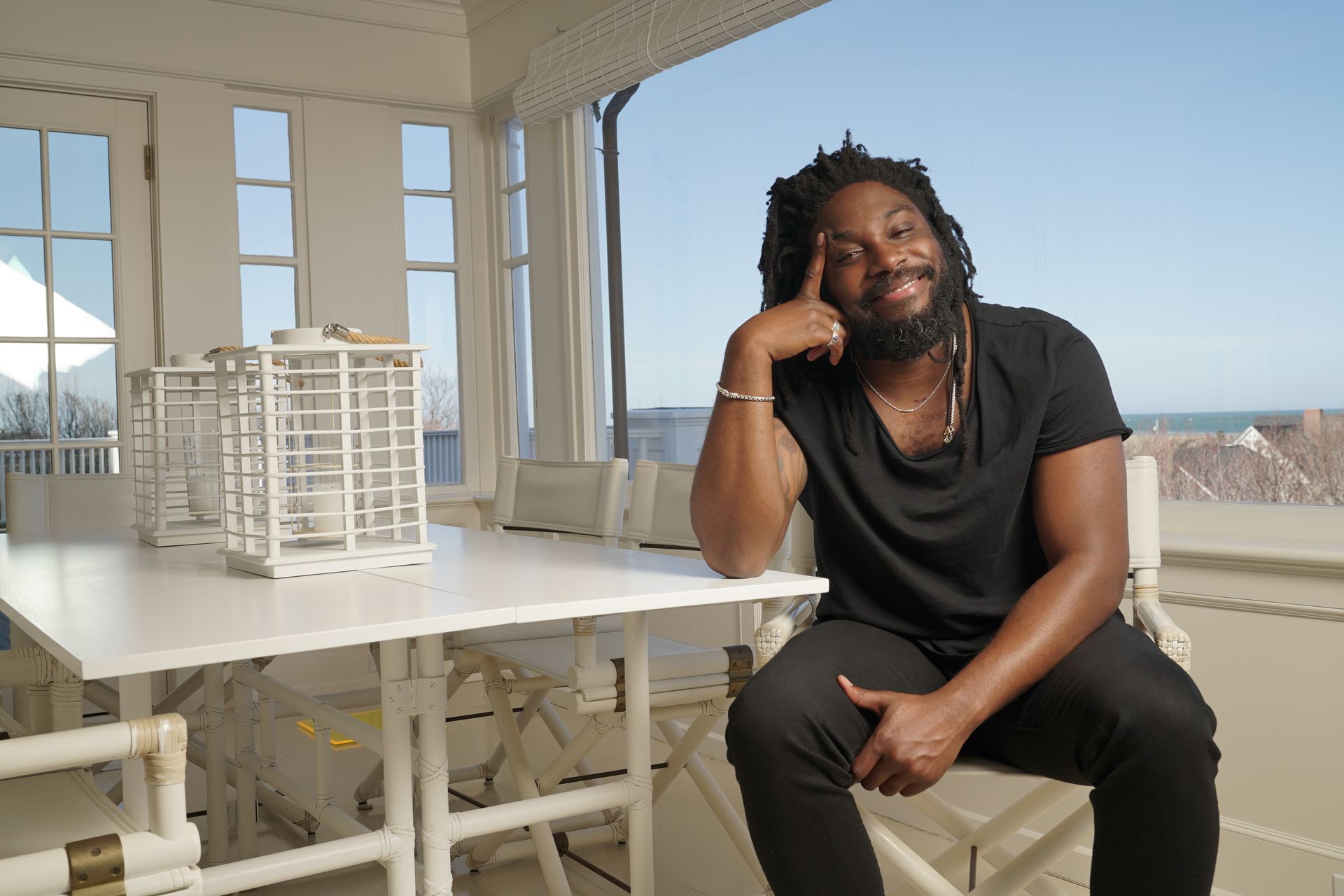
Recent visiting authors have included Medina, as well as K.A. Holt, Kwame Alexander, Jacqueline Woodson, Gordon Korman and many others. Two more will visit the island this fall: Ruta Sepetys and Steve Sheinkin, the co-authors of The Bletchley Riddle, inspired by the real-life codebreakers during World War II.
Sepetys and Sheinkin have long understood the uniquely bonding experience that sharing stories allows. “We’re all in this together: teachers, librarians and students,” Sheinkin said. These threads connect in the exploration of history and story, sparking curiosity and interest. “When we share our stories and stories of the past, we allow others to better understand us,” Sepetys said.
Jason Reynolds, a New York Times bestselling author, has also spoken on the island through the Visiting Authors in Schools program. He said he likes to walk into those talks with an open heart and an open mind. In 2019, Reynolds—who grew up in Washington, D.C.—told N Magazine he found reading boring as a child and only turned to reading and writing through listening to rap music, which he said “saved [his] life."
"I just know that young people are craving something honest,” Reynolds said this summer. “They’re craving to be challenged, to step up to the plate or to rise to the level to have complex conversations. I’ll figure out a way to communicate very honestly about the world in which we live, and I would do so from a human space first, before I think about how many years you have been on this Earth.”
Empowering students to take hold of their own lives and futures matters. They don’t have to aspire to be a writer; learning to communicate can further their goals in whatever direction they’re headed. Helping each child build a better version of themselves helps to build a better world. “I say to kids that there were moments that I found growing up that were excruciating —there were also joyous moments, but there were very hard ones, and we get through those,” Medina said. “Because I write for young people, that feels like the urgent message to me now—that they can persevere and hang on.”

